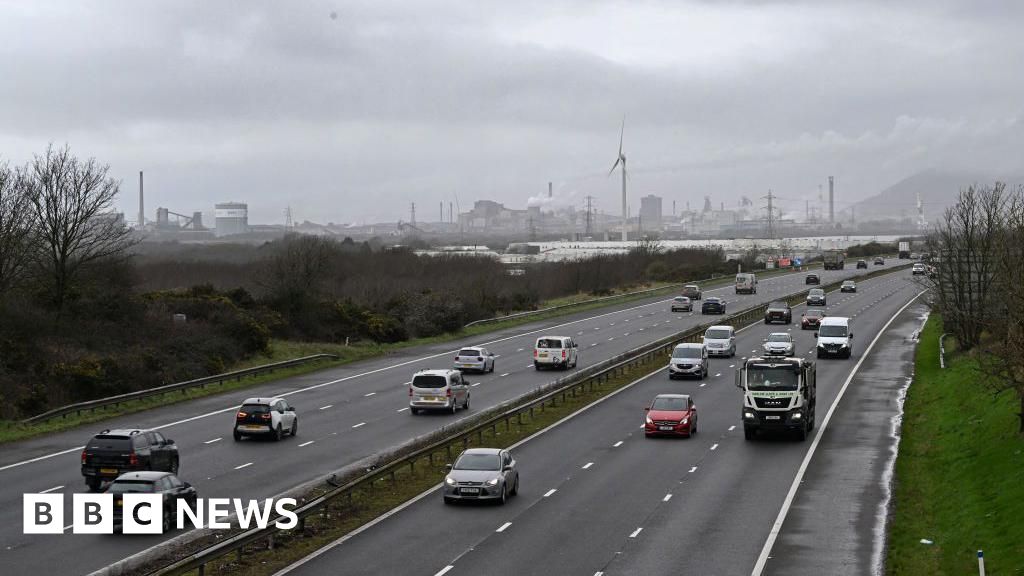Tech
Here’s how Google will start helping you figure out which images are AI generated
is trying to be more transparent about whether a piece of content was created or modified using generative AI (GAI) tools. After joining the Coalition for Content Provenance and Authenticity (C2PA) as a steering committee member earlier this year, Google has revealed how it will start implementing the group’s digital watermarking standard.
Alongside including Amazon, Meta, and OpenAI, Google has spent the past several months figuring out how to improve the tech used for watermarking GAI-created or modified content. The company says it helped to develop the latest version of , a technical standard used to protect metadata detailing how an asset was created, as well as information about what has been modified and how. Google says the current version of Content Credentials is more secure and tamperproof due to stricter validation methods.
In the coming months, Google will start to incorporate the current version of Content Credentials into some of its main products. In other words, it should soon be easier to tell whether an image was created or modified using GAI in Google Search results. If an image that pops up has C2PA metadata, you should be able to find out what impact GAI had on it via the tool. This is also available in Google Images, Lens and Circle to Search.
The company is looking into how to use C2PA to tell YouTube viewers when footage was captured with a camera. Expect to learn more about that later this year.
Google also plans to use C2PA metadata in its ads systems. It didn’t reveal too many details about how its plans there other than to say it will use “C2PA signals to inform how we enforce key policies” and do so gradually.
Of course, the effectiveness of this all depends on whether companies such as camera makers and the developers of GAI tools actually use the C2PA watermarking system. The approach isn’t going to stop someone from stripping out an image’s metadata either. That could make it harder for systems such as Google’s to detect any GAI usage.
Meanwhile, throughout this year, we’ve seen Meta over how to disclose whether images were created with GAI across Facebook, Instagram and Threads. The company just to make labels less visible on images that were edited with AI tools. Starting this week, if C2PA metadata indicates that someone (for instance) used Photoshop’s GAI tools to tweak a genuine photo, the “AI info” label no longer appears front and center. Instead, it’s buried in the post’s menu.









